Home>Garden Essentials>How Much Sorghum Seed Per Acre
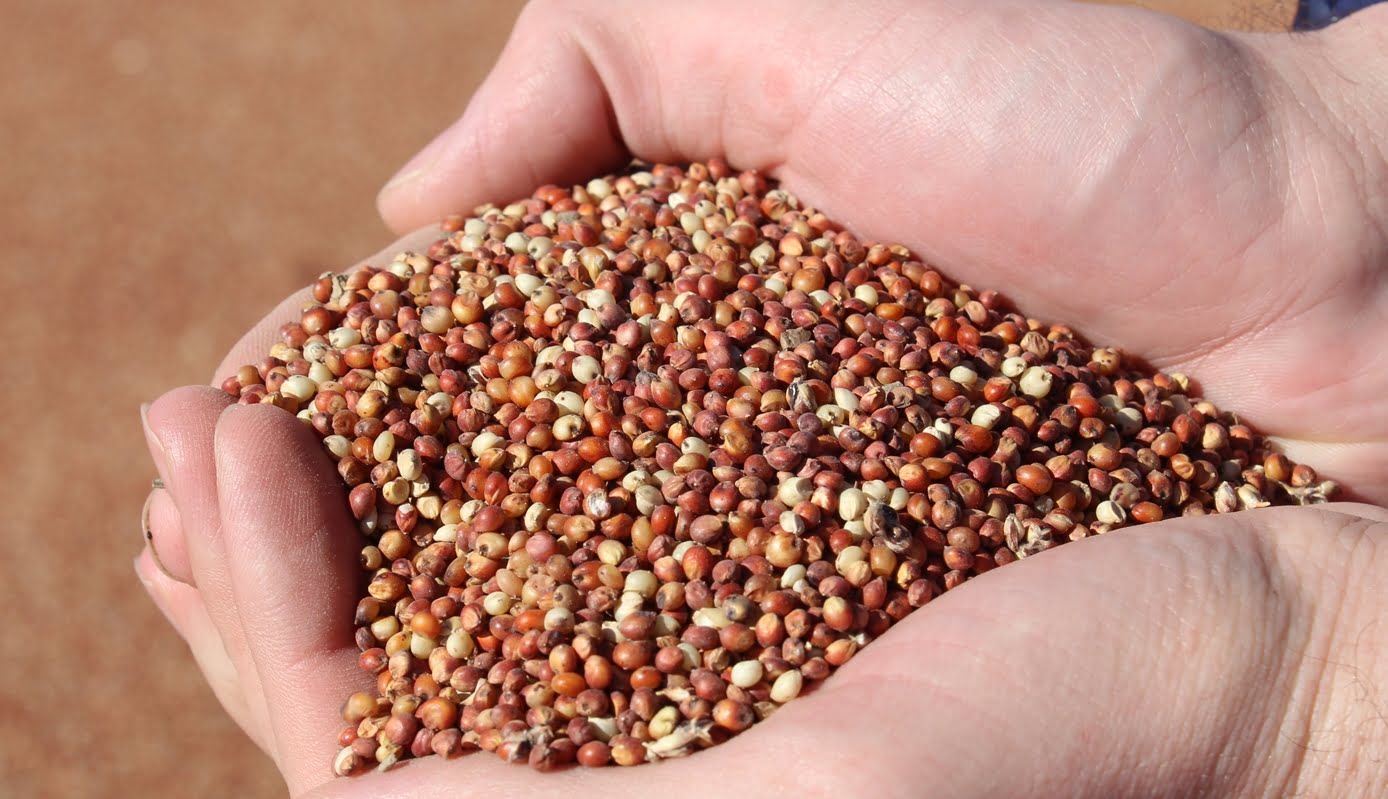

Garden Essentials
How Much Sorghum Seed Per Acre
Modified: March 16, 2024
Planting a garden? Learn how much sorghum seed to use per acre for optimal growth and yield. Get expert tips and techniques for a successful garden harvest.
(Many of the links in this article redirect to a specific reviewed product. Your purchase of these products through affiliate links helps to generate commission for Storables.com, at no extra cost. Learn more)
Introduction
Welcome to our comprehensive guide on determining the ideal sorghum seed rate per acre. If you’re a farmer or a gardening enthusiast looking to grow sorghum, understanding the appropriate seed rate is essential for achieving healthy plants and maximizing yields.
Sorghum is a versatile, drought-tolerant grain crop that is widely cultivated for its use in human and animal consumption, as well as in the production of biofuels and industrial products. To ensure successful sorghum cultivation, it is important to determine the optimal seeding rate for your specific growing conditions.
In this article, we will explore the factors that influence sorghum seed rate, methods of calculating the ideal seed rate per acre, recommended seed rates for different sorghum varieties, and considerations for precision planting. By the end of this guide, you will have a solid understanding of how much sorghum seed to plant per acre to achieve the best possible results.
Before we dive into the details, let’s briefly discuss the factors that can affect sorghum seed rate.
Key Takeaways:
- Determine the ideal sorghum seed rate by considering factors like variety, soil type, and planting method. Consult experts, conduct field trials, and adjust based on your specific growing conditions for optimal results.
- Precision planting technology offers benefits for optimizing sorghum cultivation. Consider field mapping, variability management, and data analysis to increase efficiency and yields.
Read more: How Much Ryegrass Seed Per Acre
Factors Affecting Sorghum Seed Rate
Several factors come into play when determining the appropriate sorghum seed rate per acre. Understanding these factors will help you make informed decisions for successful sorghum cultivation. Let’s take a closer look at the key factors that can influence sorghum seed rate:
- Variety: Different sorghum varieties have varying characteristics, including their growth habits, yield potential, and tolerance to environmental conditions. Each variety may require a different seed rate to achieve optimal plant stands and yields.
- Soil Conditions: The soil type and fertility level impact plant growth and development. Sandy soils, for example, may require higher seed rates to compensate for lower water and nutrient-holding capacity, while clay soils may call for lower seed rates due to their water-retention abilities.
- Climate: The climate of your growing region affects the length of the growing season, temperature, and rainfall. Understanding the climate conditions is vital for determining the appropriate seed rate. In regions with shorter growing seasons or cooler temperatures, higher seed rates may be necessary to ensure the crop reaches maturity.
- Planting Method: The method you choose for planting sorghum can impact the seed rate. Whether you opt for conventional drilling or precision planting methods, such as using a seed drill or planter, can influence the seed rate required.
- Planting Date: The timing of sorghum planting is crucial, as it directly affects the growth and maturity of the crop. Early planting may require higher seed rates to ensure sufficient plant stands, while late planting may call for lower seed rates to avoid overcrowding and competition among plants.
By taking these factors into consideration, you can fine-tune your sorghum seed rate to optimize plant stands, minimize risks, and achieve desired yields. In the next section, we will delve into the methods of calculating the ideal seed rate per acre.
Determining the Ideal Sorghum Seed Rate per Acre
Calculating the ideal sorghum seed rate per acre is crucial for ensuring optimal plant stands and maximizing yields. It requires careful consideration of various factors specific to your growing conditions. Here are a few methods to help you determine the ideal sorghum seed rate:
- Seed Supplier Recommendations: Many seed suppliers provide recommended seed rates for different sorghum varieties. These recommendations are often based on extensive research and field trials, taking into account factors such as variety characteristics, average yields, and environmental conditions. Start by checking with your seed supplier for their suggested seed rates.
- Local Agricultural Extension Services: Agricultural extension services or local farming organizations in your area can provide valuable guidance when it comes to determining the ideal seed rate for sorghum. They have access to comprehensive data and can provide insights tailored to your specific growing location.
- Historical Data and Experience: If you have been growing sorghum on your farm for a while, your past experiences can serve as a valuable reference point. By analyzing historical data on seed rates and yields, you can identify patterns and make informed decisions about the seed rate to use in future plantings.
- Field Trials: Conducting field trials on a small scale can help determine the ideal seed rate for your specific conditions. Choose a representative section of your field, divide it into plots, and plant sorghum at different seed rates. Monitor the growth and yield of each plot to identify the rate that provides the best results.
- Consulting with Experts: Seek guidance from agricultural experts, extension agents, or experienced local farmers who have successfully grown sorghum in your area. They can provide valuable insights and practical advice based on their own experiences and knowledge of local conditions.
Remember, the ideal seed rate may vary from year to year and may require adjustments based on specific conditions. Regular evaluation and monitoring of your sorghum crops, combined with agronomic best practices, will help you fine-tune the seed rate over time for optimal results.
Next, let’s explore some recommended sorghum seed rates for different varieties to give you a starting point for your own calculations.
Methods of Calculating Sorghum Seed Rate
Calculating the sorghum seed rate is essential for achieving optimal plant stands and maximizing yields. There are several methods you can use to determine the appropriate seed rate per acre. Here are some common approaches:
- Population Density: One method is to calculate the desired plant population density per acre. Start by determining the desired number of plants per acre, based on the specific variety and your farming goals. For example, if you want a plant density of 30,000 plants per acre and the germination rate of your seed is 90%, you would divide 30,000 by 0.9 (90%) to get a seed rate of 33,333 seeds per acre.
- Seed Weight: Another method is to calculate seed rate based on the weight of the seed. Determine the recommended weight of seed per acre based on the specific variety and desired plant stand. For instance, if the recommended seed weight is 8 pounds per acre and the seed you have has an average weight of 28,000 seeds per pound, you would multiply 8 by 28,000 to get a seed rate of 224,000 seeds per acre.
- Square footage: If you have a smaller garden plot or are planting sorghum in containers, you can calculate the seed rate based on the square footage. Determine the recommended number of plants per square foot or square meter and multiply this by the total area you have available for planting to determine the seed quantity.
- Equipment Calibration: If you are using precision planting equipment, such as seed drills or planters, you can calibrate the equipment to achieve the desired seed rate. Follow the manufacturer’s guidelines for equipment calibration and make any necessary adjustments based on your specific goals and field conditions.
Remember to consider factors such as germination rates, seed quality, environmental conditions, and farming practices when determining the appropriate seed rate. Regular monitoring and evaluation of your crops throughout the growing season will allow you to fine-tune the seed rate for future plantings.
Next, let’s explore some recommended seed rates for different varieties of sorghum to give you a starting point for your calculations.
Recommended Sorghum Seed Rates for Different Varieties
When it comes to sorghum cultivation, different varieties have unique characteristics that require specific seed rates for optimal plant stands and yields. Here are some recommended seed rates for different varieties of sorghum:
- Grain Sorghum: For grain sorghum varieties, the recommended seed rate typically ranges from 8 to 12 pounds per acre. However, this can vary depending on factors such as soil type, climate, and desired plant density. It is best to consult with your seed supplier or local agricultural extension services for specific recommendations based on the grain sorghum variety you are planting.
- Broomcorn: Broomcorn, which is grown for its long and fibrous seed heads used in broom-making, requires a lower seed rate compared to grain sorghum. Typically, a seed rate of 4 to 6 pounds per acre is recommended, as broomcorn plants tend to grow larger and require more spacing.
- Sweet Sorghum: Sweet sorghum, grown for its high sugar content and used in the production of syrup and biofuels, has varying seed rate recommendations depending on the specific variety and purpose of cultivation. Seed rates for sweet sorghum can range from 4 to 12 pounds per acre, with some varieties requiring higher seed rates for maximum yield potential.
- Cover Crops: When using sorghum as a cover crop, the recommended seed rates can vary depending on the goals of cover cropping and the desired plant density for weed suppression and soil improvement. In general, cover crop seed rates for sorghum range from 25 to 50 pounds per acre, but it is advisable to consult with cover crop specialists or local agricultural experts for specific recommendations.
It’s important to note that these recommended seed rates are general guidelines, and variations may occur based on specific growing conditions, farming goals, and available resources. Always consider factors such as soil fertility, climate, and planting method when determining the ideal seed rate for a particular sorghum variety.
In the next sections, we will discuss how to adjust the sorghum seed rate based on soil conditions, planting method, and planting date to further optimize your sorghum cultivation.
For sorghum, plant 5-10 pounds of seed per acre for grain production, and 15-30 pounds per acre for forage production. Adjust based on soil conditions and climate.
Read more: How Much Clover Seed Per Acre
Adjusting Sorghum Seed Rate based on Soil Conditions
Soil conditions play a crucial role in determining the ideal sorghum seed rate per acre. Different soil types and fertility levels can impact plant growth and development, which in turn affects the desired plant density. Here are some considerations for adjusting the sorghum seed rate based on soil conditions:
- Sandy Soils: Sandy soils have a lower water and nutrient-holding capacity compared to loamy or clay soils. As a result, sorghum planted in sandy soils may require higher seed rates to compensate for potential lower nutrient availability and increased risk of drought stress.
- Clay Soils: Clay soils have a higher water-retention capacity and generally offer better nutrient availability. Therefore, sorghum planted in clay soils may require lower seed rates to prevent over-crowding and competition among plants.
- Poorly Fertile Soils: If your soil has low fertility levels, it may be necessary to increase the seed rate to allow for more plants per acre. This compensates for the potential lower nutrient availability and ensures that each plant has access to sufficient resources to thrive.
- Well-Fertilized Soils: If your soil is already rich in nutrients, you may choose to decrease the seed rate slightly to avoid overcrowding and excessive competition for resources. This allows each plant to have ample space and resources to grow and develop.
- Variable Soil Conditions: In some cases, you may have areas within your field with varying soil conditions, such as transitioning from sandy to clay soils. Adjusting the seed rate accordingly for different zones within your field can help optimize plant stands and yields.
It’s important to note that these are general guidelines, and the specific adjustments to the seed rate may vary depending on your soil analysis results and the recommendations of agricultural experts in your area. Conducting soil tests and consulting with local agricultural extension services can provide valuable insights into the ideal seed rate adjustments for your specific soil conditions.
Next, we will discuss how to adjust the sorghum seed rate for different planting methods to further optimize your sorghum cultivation.
Adjusting Sorghum Seed Rate for Planting Method
The method you choose for planting sorghum can influence the seed rate required to achieve optimal plant stands and yields. Different planting methods have unique considerations that may affect the desired plant density. Here are some factors to consider when adjusting the sorghum seed rate for different planting methods:
- Conventional Drilling: When using the conventional drilling method, where seeds are evenly distributed across the field, the recommended seed rate typically ranges from 8 to 12 pounds per acre for grain sorghum. However, if you are using a seed drill with precise depth control, you may be able to reduce the seed rate slightly while still achieving adequate plant stands.
- Seed Drill or Planter: If you are using a seed drill or planter, which allows for precise seed placement at specific depths and spacing, you can adjust the seed rate based on the distance between rows and within-row spacing. The recommended seed rate may be slightly lower compared to conventional drilling, as the precision of the equipment ensures better seed-to-soil contact and reduces the need for excess seed.
- Precision Planting: Precision planting technologies, such as variable rate planting or multi-hybrid planting, allow for further customization of the seed rate based on specific field conditions. These technologies use advanced mapping and computer algorithms to adjust the seed rate on-the-go, optimizing the plant density based on soil fertility levels, topography, and other factors. Consulting with precision planting specialists or equipment manufacturers can help you determine the ideal seed rate adjustments for your precision planting system.
It’s important to note that while adjusting the seed rate for different planting methods can help optimize plant stands, it’s equally important to consider other factors such as soil conditions, climate, and variety characteristics. Regular monitoring and evaluation of your sorghum crop will allow you to make further adjustments to the seed rate for future plantings.
In the next section, we will discuss how to adjust the sorghum seed rate based on planting date to further optimize your sorghum cultivation.
Adjusting Sorghum Seed Rate for Planting Date
The timing of sorghum planting can significantly impact the growth and development of the crop. Adjusting the sorghum seed rate based on the planting date is crucial for achieving optimal plant stands and maximizing yields. Here are some considerations for adjusting the seed rate based on planting date:
- Early Planting: If you plan to plant sorghum early in the growing season, typically when soil temperatures reach a minimum of 60°F (15°C), it is advisable to increase the seed rate slightly. Early planting often presents a higher risk of cooler temperatures and adverse weather conditions that can affect germination and plant establishment. By increasing the seed rate, you can compensate for potential lower germination rates and ensure sufficient plant stands.
- Normal Planting: For sorghum planted during the optimal time frame for your region, usually when soil temperatures reach 65-75°F (18-24°C), the recommended seed rate is typically within the range of 8 to 12 pounds per acre for grain sorghum. This seed rate provides a good balance between plant density and yield potential while considering average germination rates and early-season conditions.
- Late Planting: If you plan to plant sorghum later in the growing season, when soil temperatures have risen to 75°F (24°C) or higher, it is advisable to slightly reduce the seed rate. Late planting often leads to a shorter growing season, and reducing the seed rate can help prevent overcrowding and excessive competition among plants for limited resources, while still achieving adequate plant stands.
It’s important to note that these adjustments to the sorghum seed rate based on planting date are general guidelines, and the specific adjustments may vary depending on your local climate, soil conditions, and variety characteristics. Consulting with local agricultural experts or experienced sorghum growers in your area can provide valuable insights specific to your region.
Lastly, let’s discuss considerations for precision planting of sorghum to further optimize your sorghum cultivation.
Considerations for Precision Planting of Sorghum
Precision planting, with its advanced technologies and accurate seed placement, offers several benefits for optimizing sorghum cultivation. Here are some considerations to keep in mind when implementing precision planting for sorghum:
- Field Mapping: Prior to planting, create detailed field maps to identify variations in soil type, fertility, and topography. This information will guide the adjustment of the seed rate and planting prescriptions for different areas of the field, ensuring the right amount of seed is planted in each zone.
- Variability Management: Precision planting allows for variable rate seeding, meaning different seed rates can be applied within the same field. By adjusting the seed rate based on soil conditions, such as nutrient levels or organic matter content, you can optimize plant density and resource allocation for improved yields.
- Avoiding Overlapping and Gaps: Precision planting equipment ensures accurate seed placement, minimizing the risk of overlapping seed rows or leaving gaps between them. Overlapping can lead to competition and reduced overall yield, while gaps can result in wasted space and limited plant stands.
- Monitoring Germination and Emergence: Regularly monitor the germination and emergence of sorghum plants in precision-planted fields. This allows you to identify any issues early on and make necessary adjustments to optimize plant stands. Adjustments may include fine-tuning the seed rate, seed depth, or equipment settings.
- Data Management: Keep track of planting data, including seed rates, soil types, and yield results, for future analysis and decision-making. Analyzing the data will help you identify patterns and make informed adjustments to improve planting prescriptions in subsequent seasons.
Precision planting technology continues to evolve, offering more capabilities and opportunities for optimizing sorghum production. Familiarize yourself with the features and functionality of your precision planting equipment, and stay updated on the latest advancements and best practices in precision planting technology.
By implementing precision planting methods and considering these factors, you can increase the efficiency and effectiveness of sorghum cultivation, leading to improved plant stands, better resource utilization, and higher yields.
Now, let’s summarize the key points we have discussed before concluding this guide.
Read more: How Much Rye Seed Per Acre
Conclusion
Growing sorghum can be a rewarding endeavor, but achieving optimal plant stands and maximizing yields requires careful consideration of various factors, including seed rate. Throughout this comprehensive guide, we have explored the factors that influence sorghum seed rate, methods of calculating the ideal seed rate per acre, recommended seed rates for different sorghum varieties, and considerations for adjusting the seed rate based on soil conditions, planting method, planting date, and precision planting.
By taking into account factors such as variety characteristics, soil conditions, climate, planting method, and planting date, you can fine-tune the sorghum seed rate to optimize the plant stands, minimize risks, and achieve desired yields. Consulting with seed suppliers, local agricultural extension services, and experienced farmers in your area can provide valuable guidance specific to your growing conditions.
Whether you’re planting grain sorghum, broomcorn, sweet sorghum, or using sorghum as a cover crop, the recommended seed rates may vary. Keep in mind that these are general guidelines, and adjustments may be necessary based on your specific conditions and goals.
If you have access to precision planting technology, take advantage of its capabilities to further optimize your sorghum cultivation. Field mapping, variability management, accurate seed placement, and data management are key considerations for successful precision planting of sorghum.
Regular monitoring and evaluation of your sorghum crop throughout the growing season, combined with sound agronomic practices, will allow you to make informed adjustments to the seed rate for future plantings. Remember that sorghum seed rate is not a fixed value, and it may require fine-tuning based on your observation and experience.
We hope this guide has provided you with valuable insights into determining the ideal sorghum seed rate per acre. By understanding the factors influencing seed rate and utilizing the methods discussed, you can set the foundation for successful sorghum cultivation, achieving healthy plants and maximizing your yields.
Happy planting!
Frequently Asked Questions about How Much Sorghum Seed Per Acre
Was this page helpful?
At Storables.com, we guarantee accurate and reliable information. Our content, validated by Expert Board Contributors, is crafted following stringent Editorial Policies. We're committed to providing you with well-researched, expert-backed insights for all your informational needs.
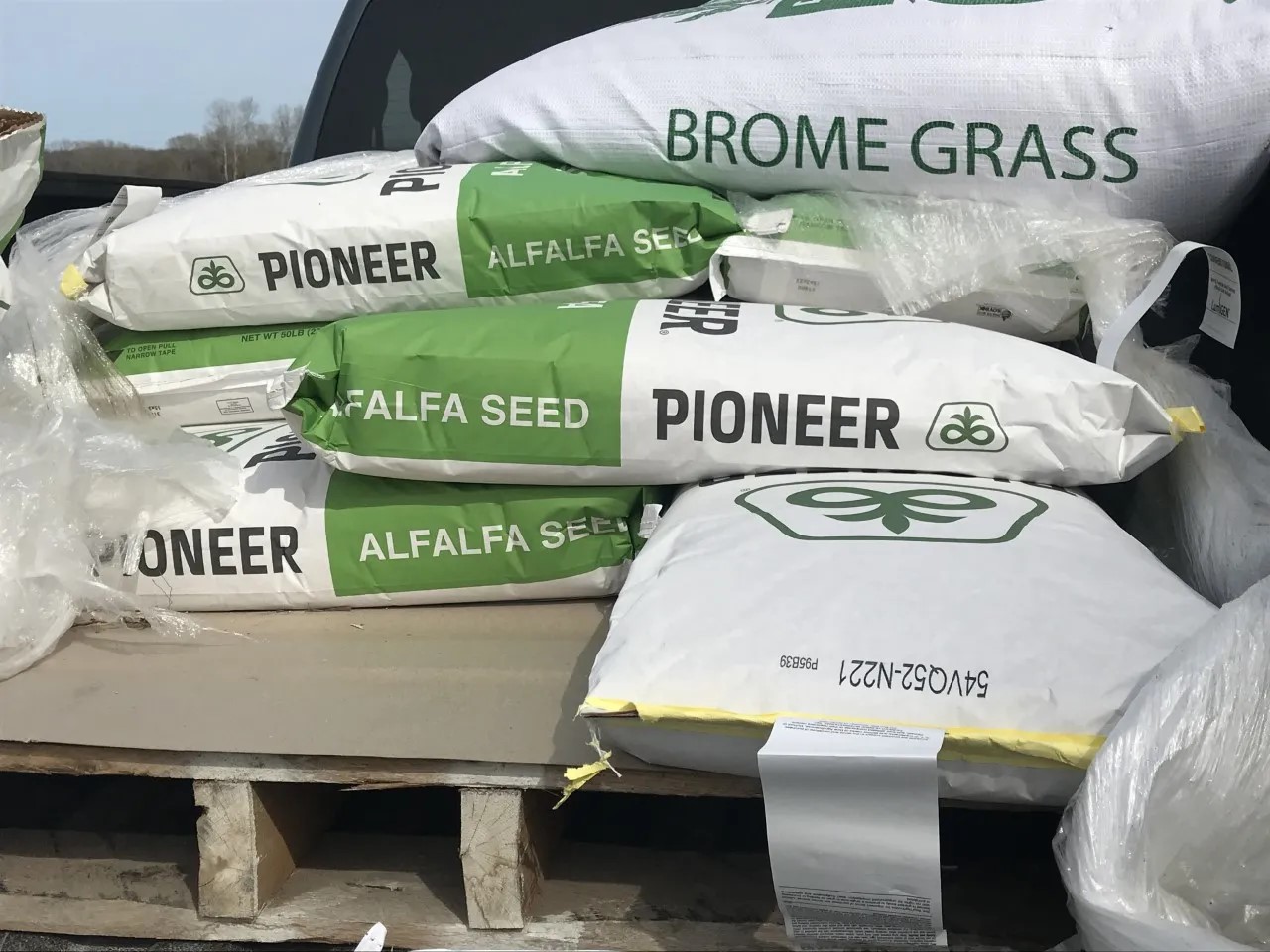
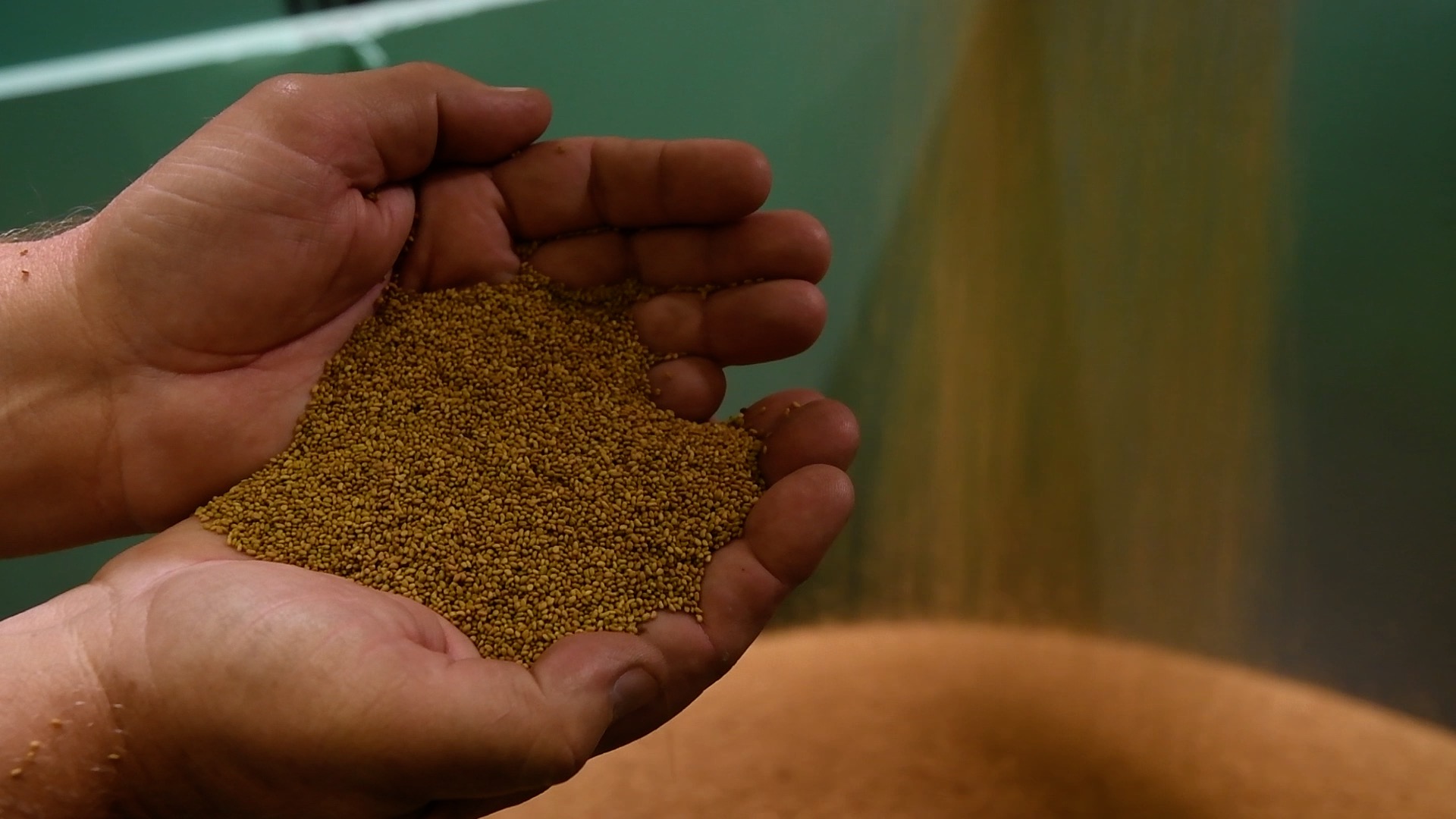
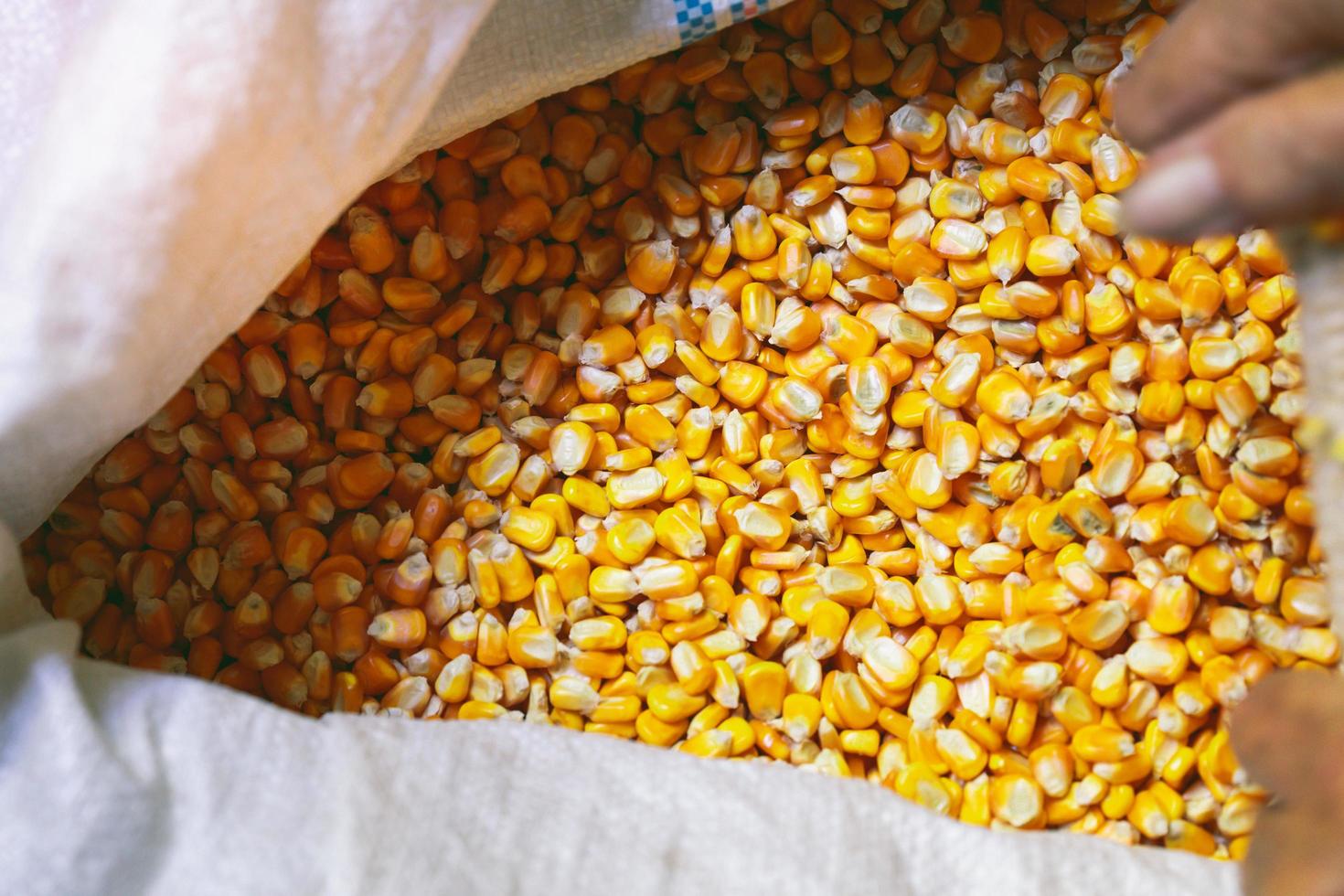
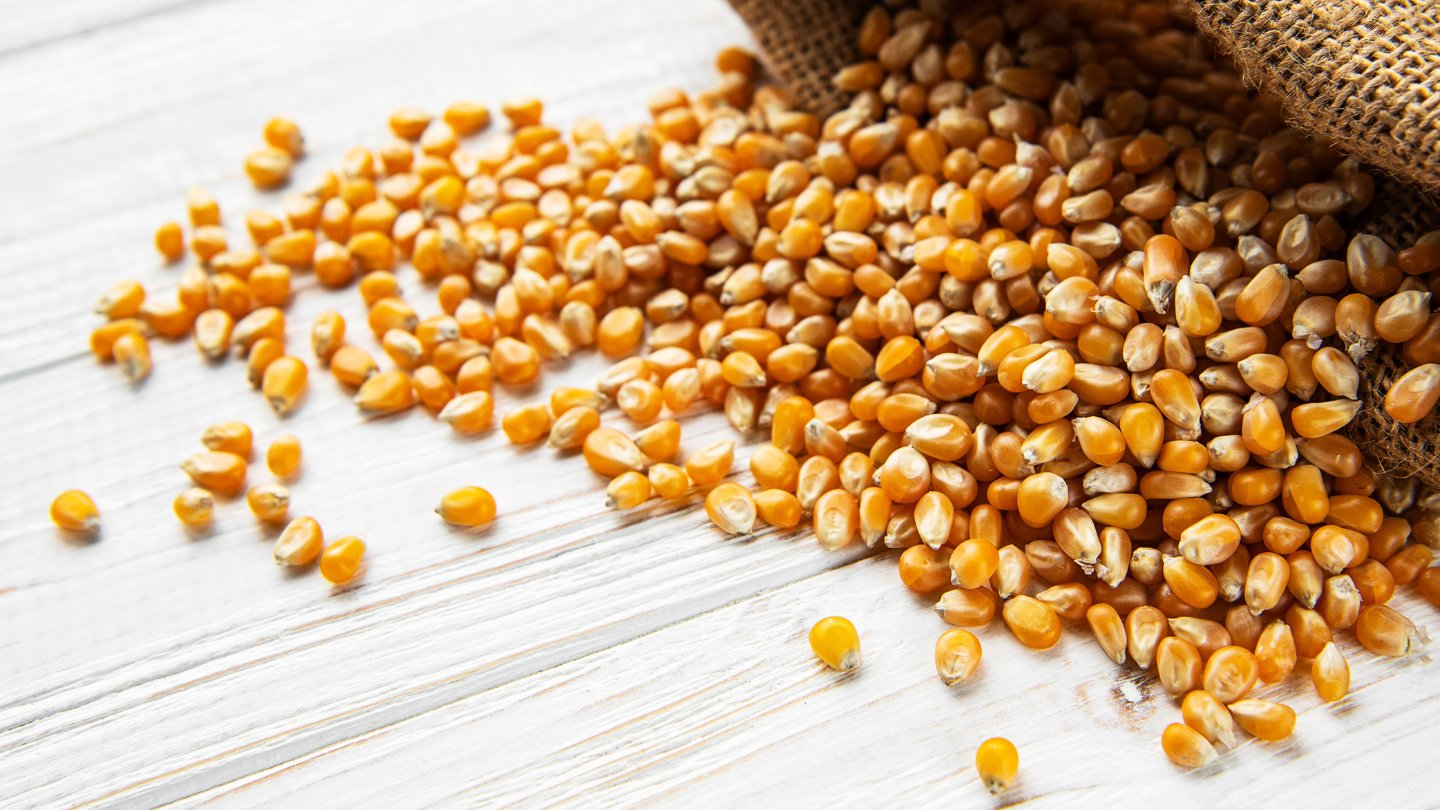
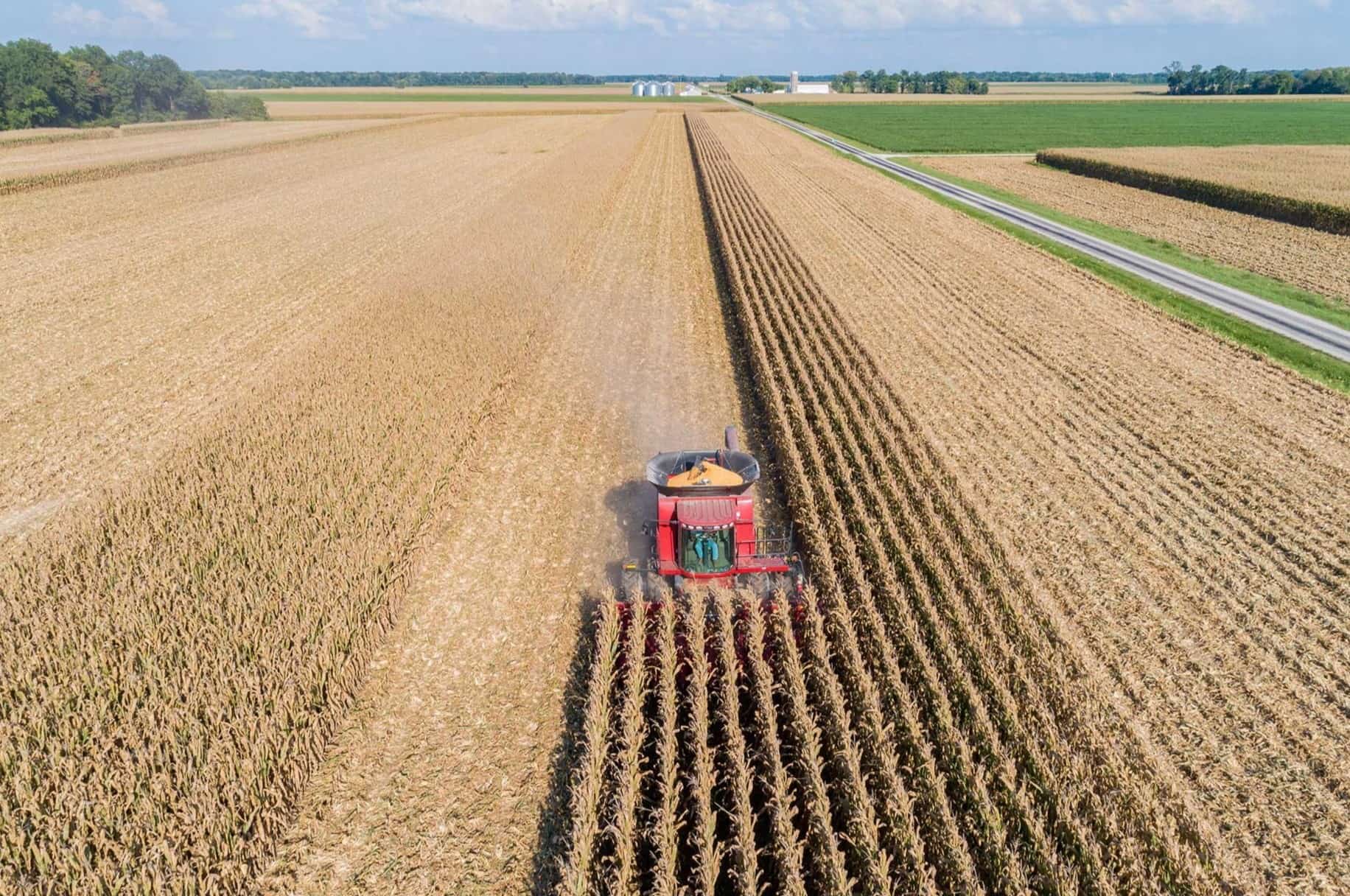
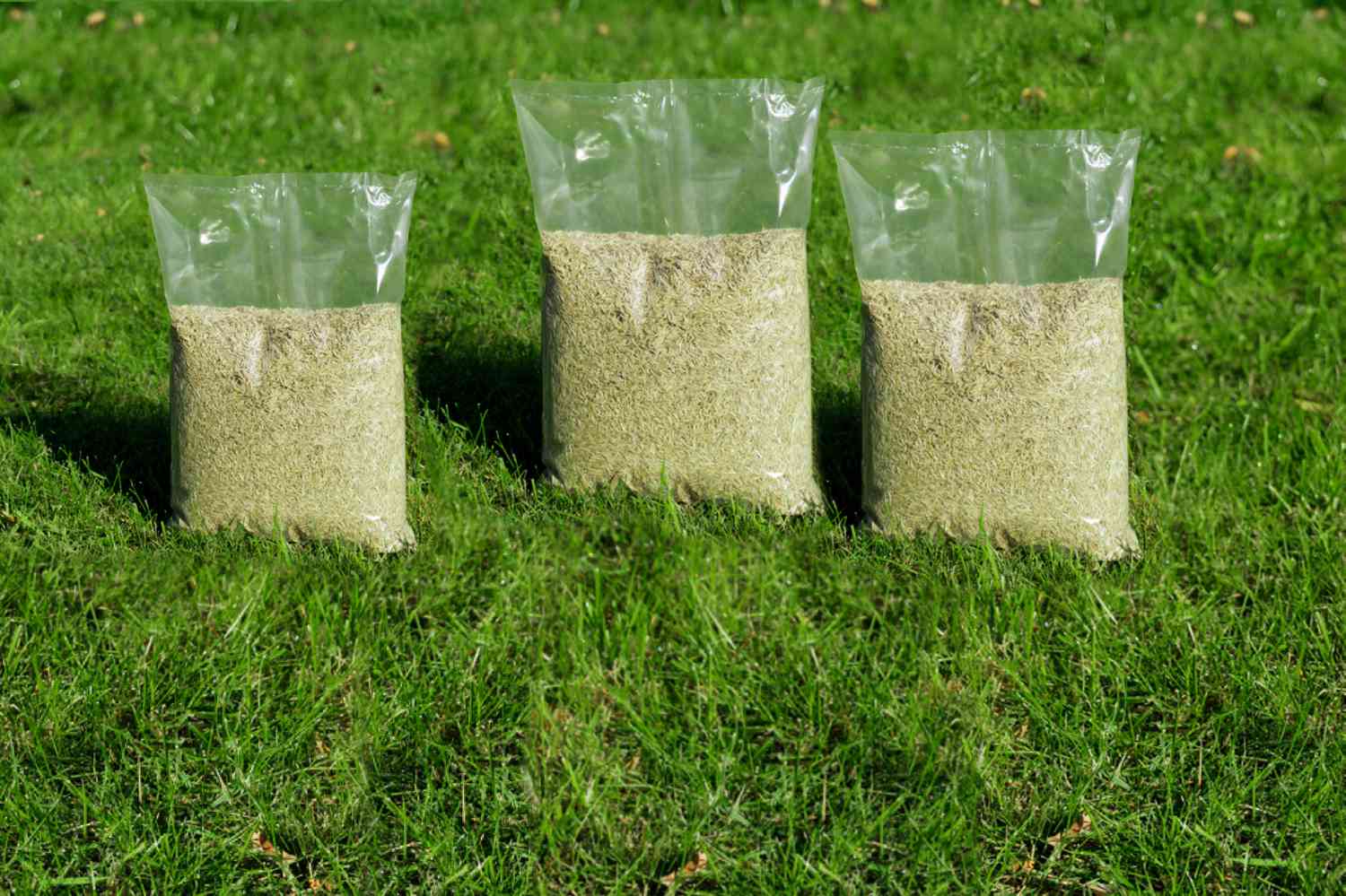
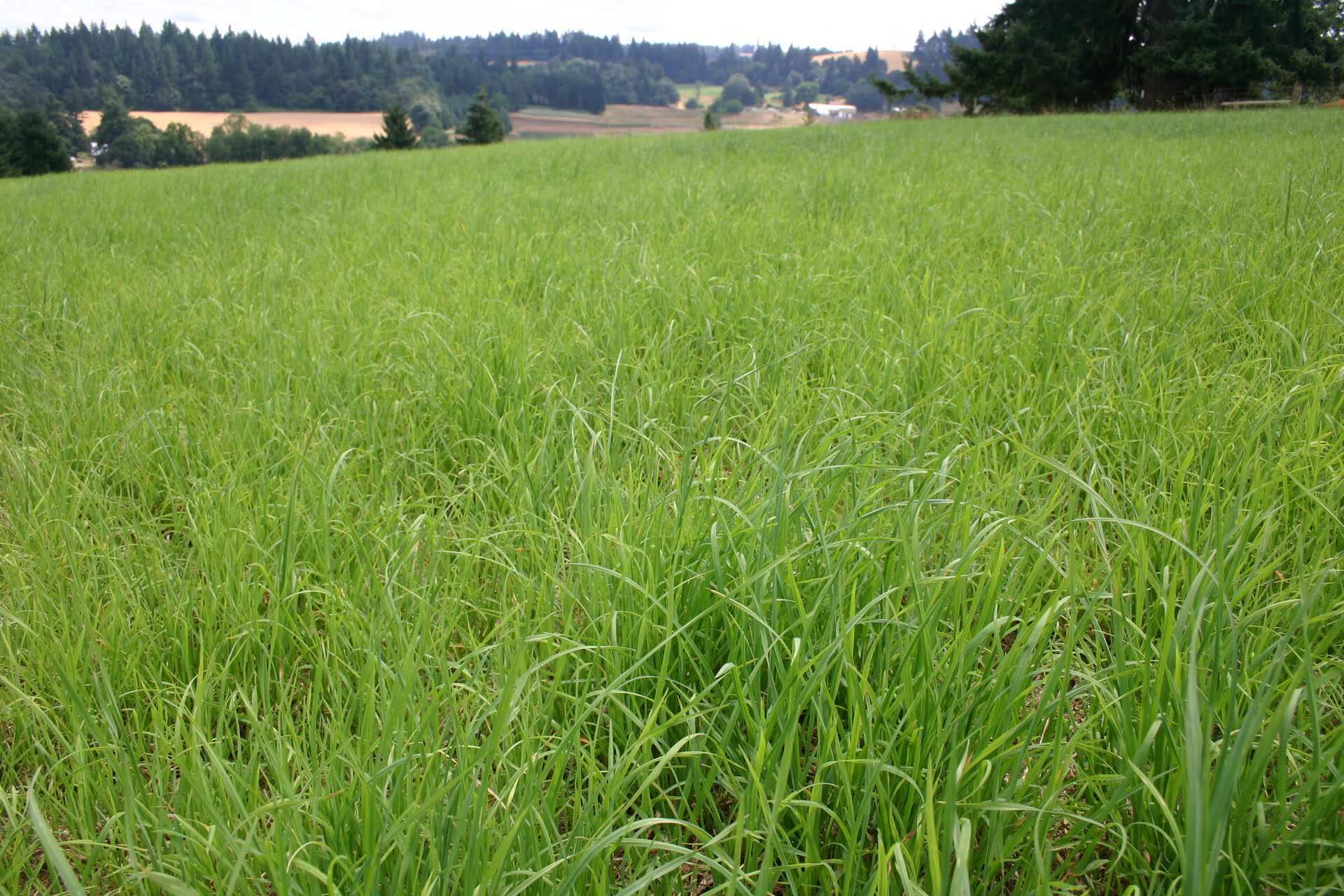
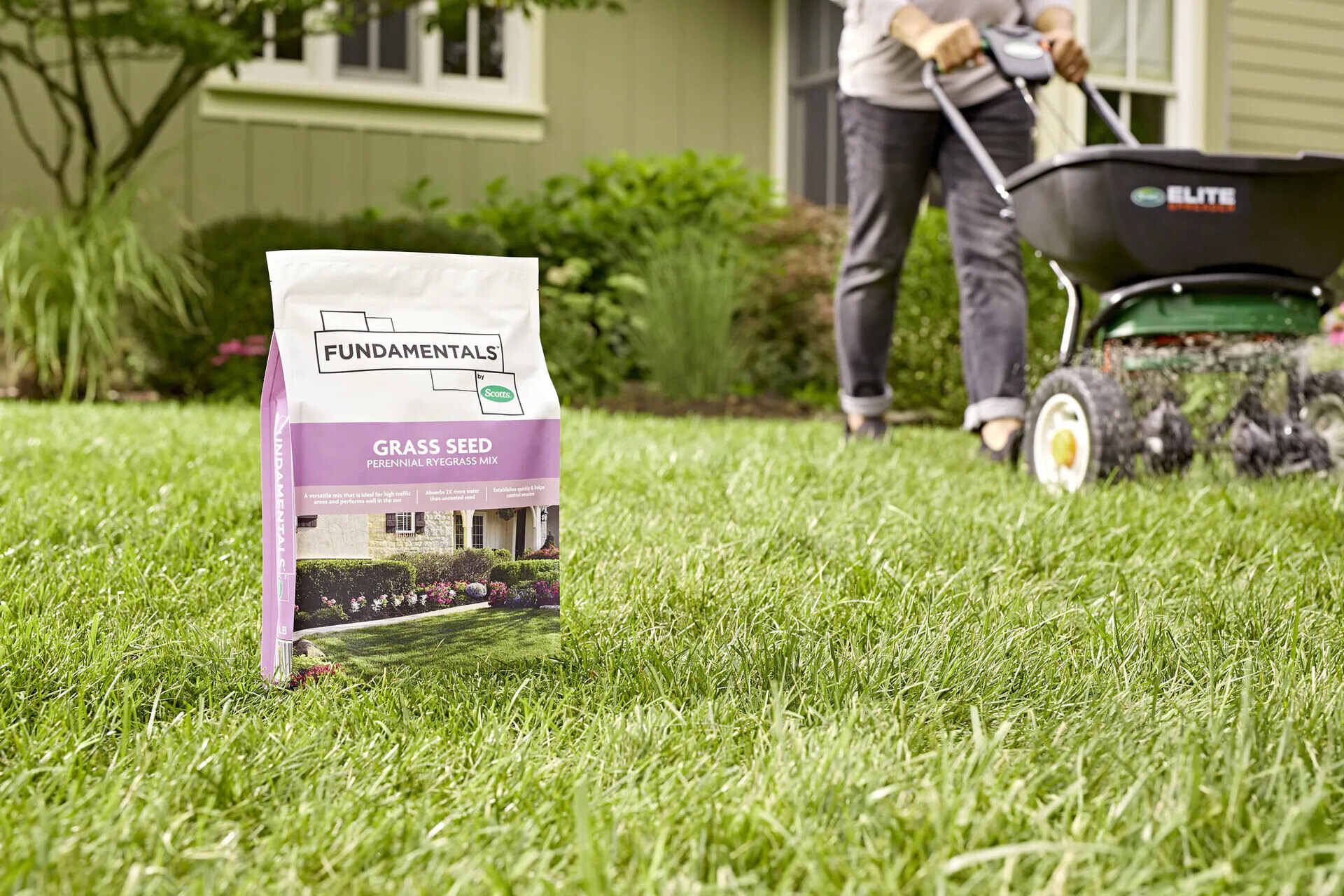

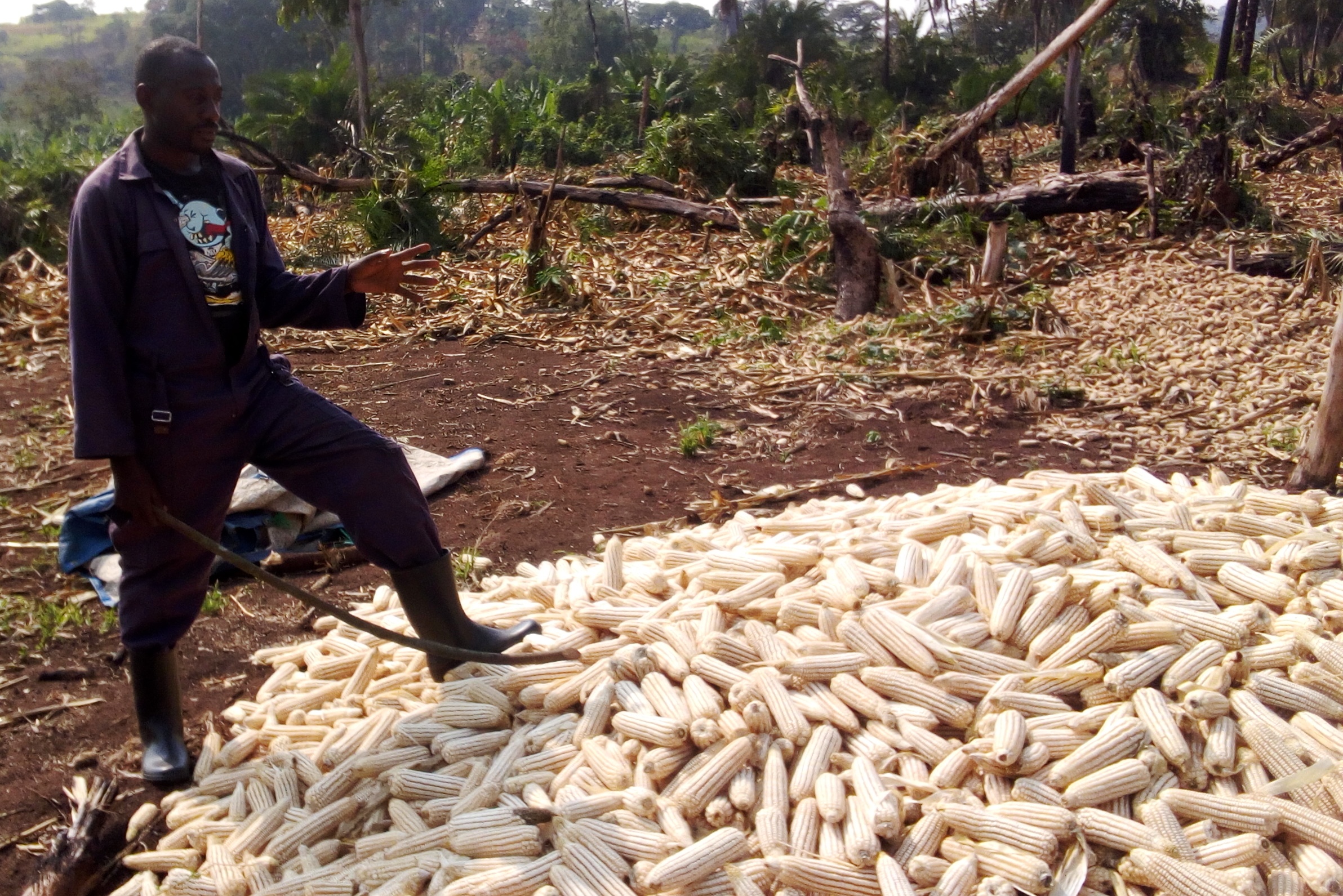
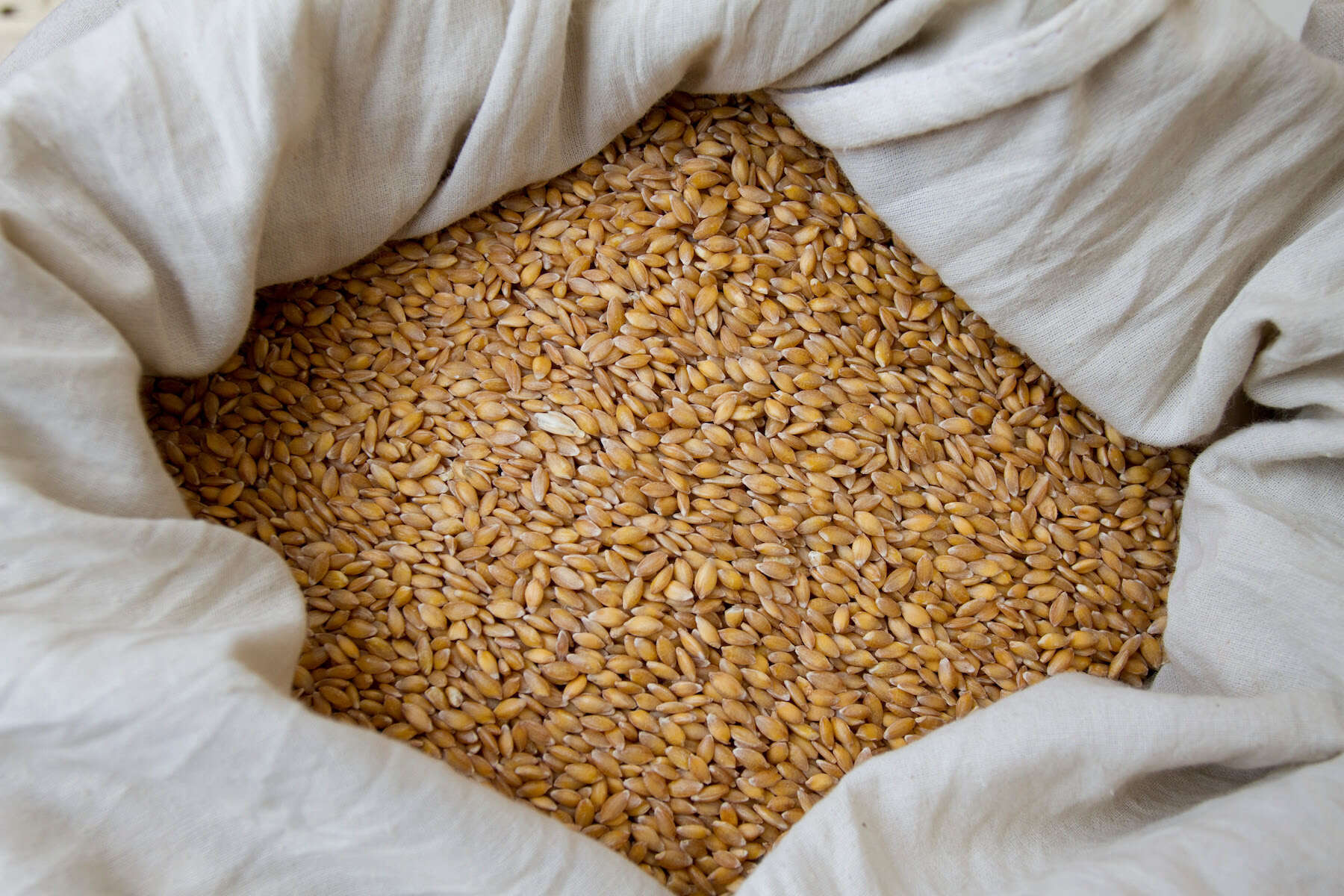
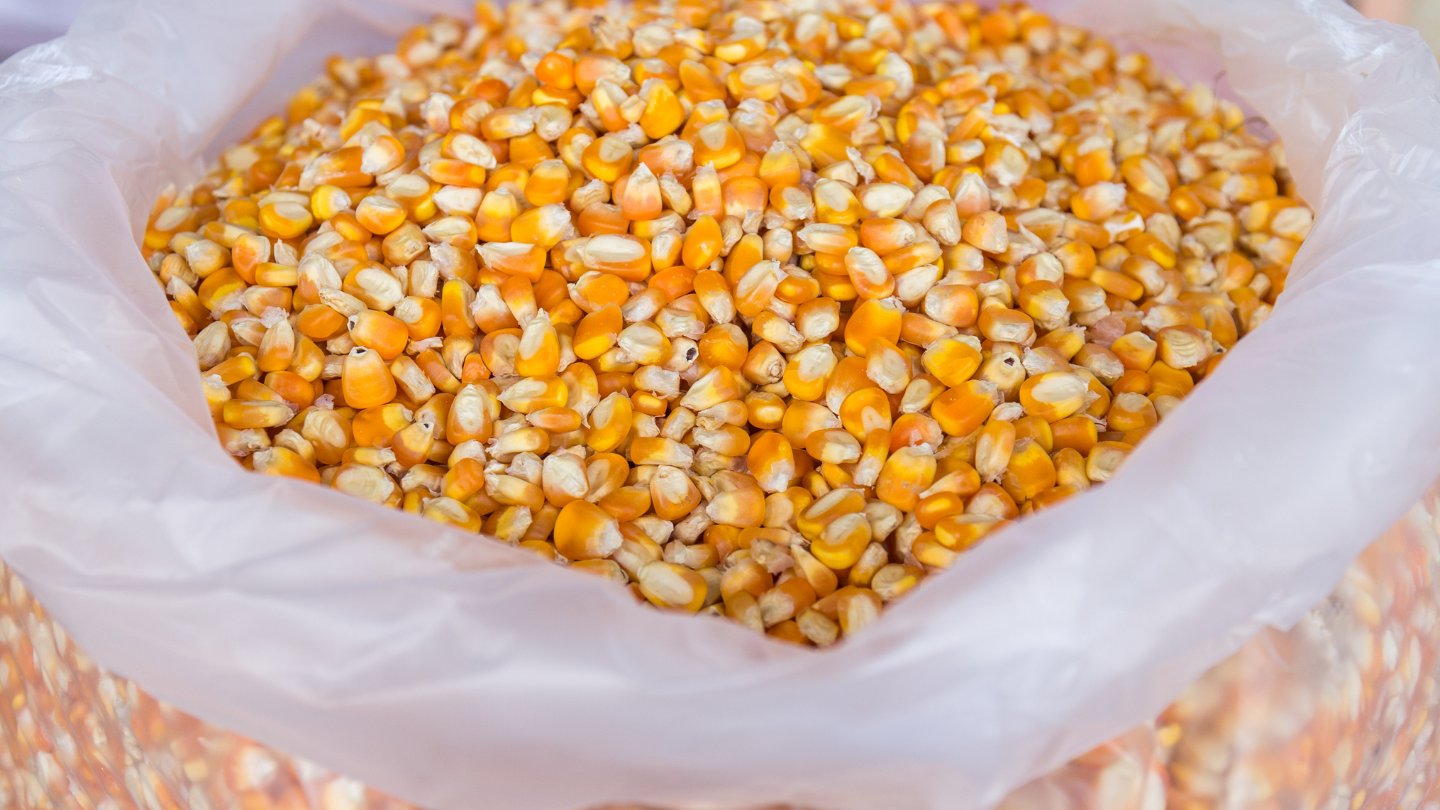
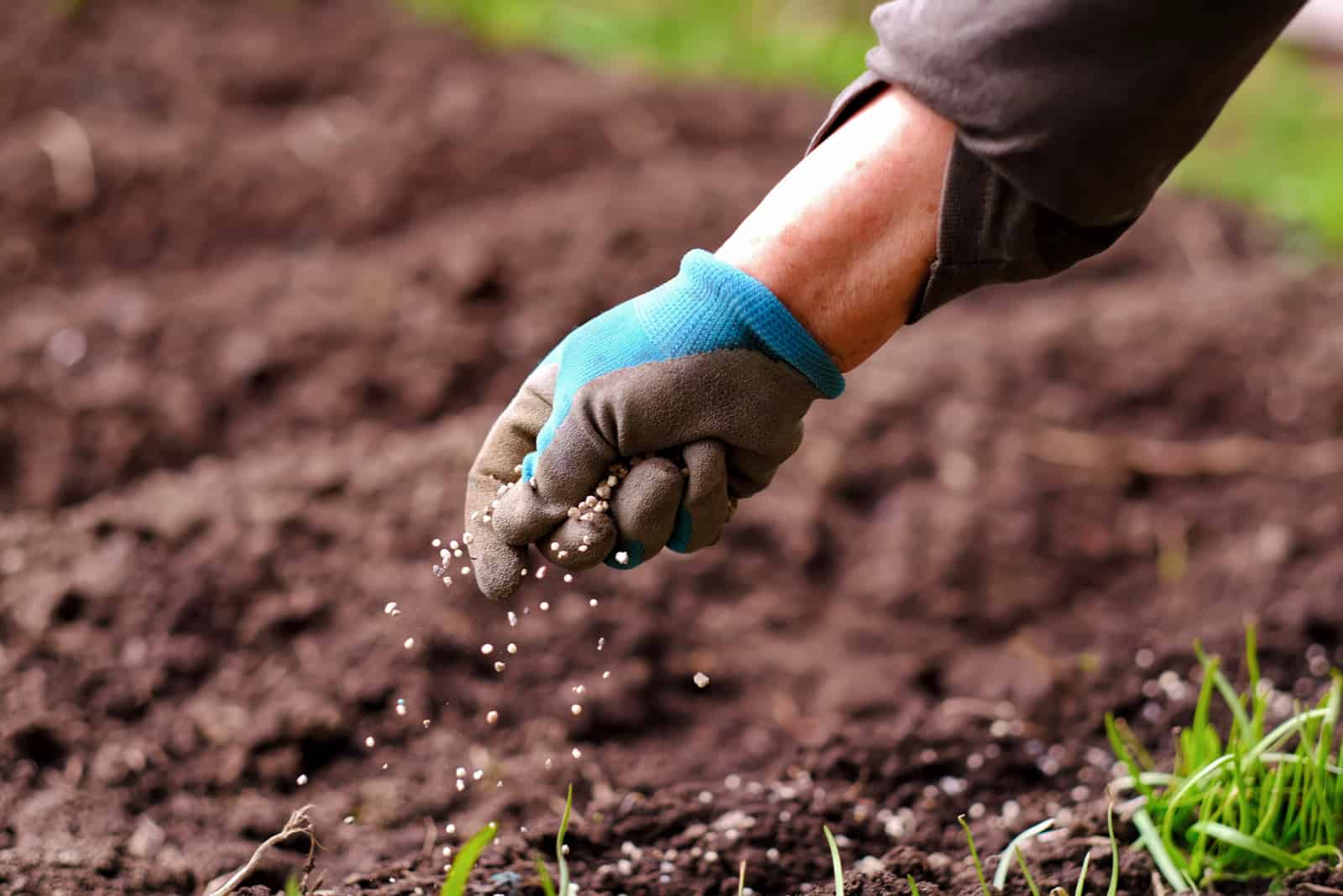

0 thoughts on “How Much Sorghum Seed Per Acre”